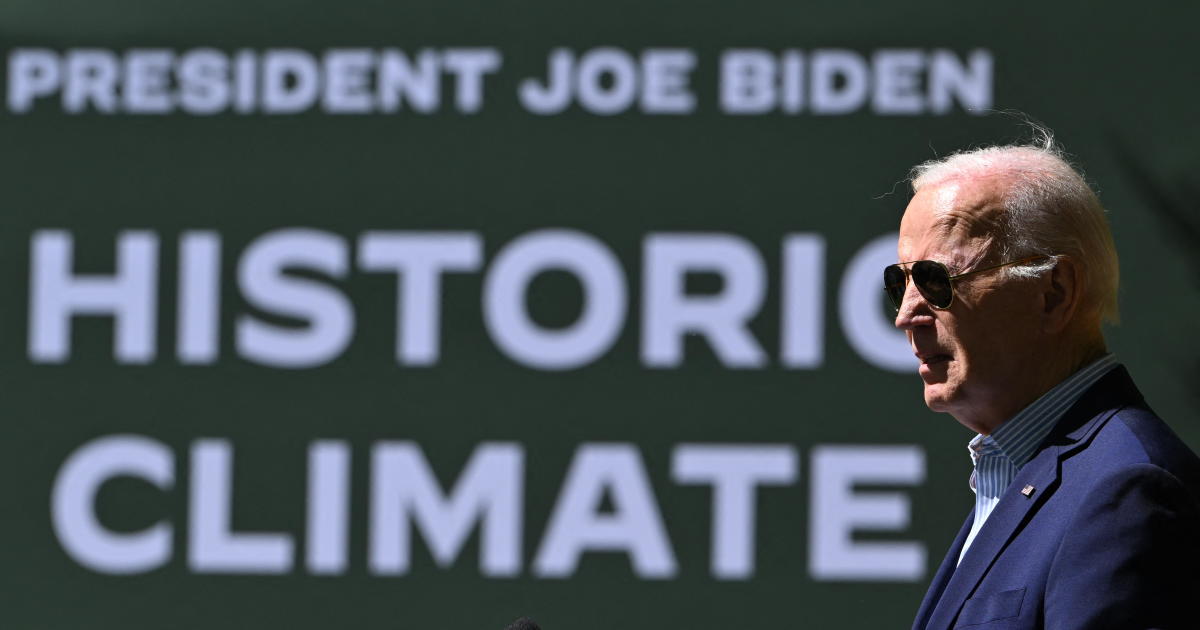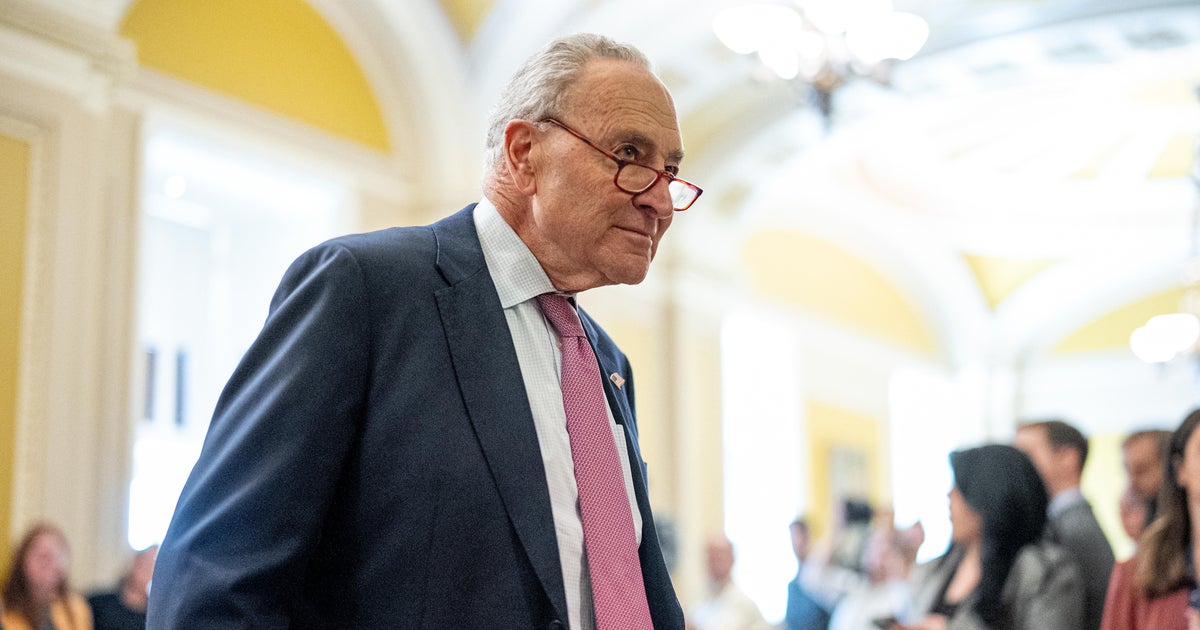What the debt ceiling deal means for the student loan payment pause
For more than three years, tens of millions of Americans haven't had to make federal student loan payments because of the coronavirus pandemic. Now, the deal reached to address the looming debt limit crisis guarantees the end of that payment pause. But it does not end the president's effort to provide student loan forgiveness altogether.
In the deal negotiated between the Biden administration and House Republicans over the weekend to address the debt ceiling, officials included a provision that terminates the student loan payments pause 60 days after June 30. It also prohibits the education secretary from extending the pause on federal student loan payments without an act by Congress.
But on Tuesday, White House Office of Management and Budget Director Shalanda Young, who helped negotiate the debt ceiling deal, clarified that while the bill commits to ending the pause on student loan payments, the fate of the president's broader student loan forgiveness plan still rests with the Supreme Court.
The payment pause was already set to expire later this summer, even without the provision in the debt ceiling deal.
The pause on payments, which also set interest rates on student loans at zero percent, has been in effect since the pandemic began in spring 2020, and affects roughly 43 million people with federal student loans. According to the Committee for a Responsible Federal Budget, the pause has cost an estimated $5 billion a month, totaling an estimated $195 billion since it began.
In November, the Education Department announced the latest extension of the student loan payment pause. It was the fifth time the Biden administration extended the pause first put in place under President Donald Trump.
At that time, the administration said the suspension of federal student loan payments would end in conjunction with the Supreme Court's decision on the Biden administration's broader student loan forgiveness plan. Should the plan be implemented, the pause would end sixty days after that. If the program is not implemented by June 30, the payments would resume 60 days after that. The Education Department has said it would notify borrowers before payments restart.
What the debt ceiling deal does not strike is the administration's federal student loan forgiveness program — despite House Republican efforts.
Last year, the Biden administration announced its plan to forgive up to $10,000 in student loans for eligible borrowers earning less than $125,000 and $20,000 for eligible Pell Grant recipients. But the plan was challenged by six conservative states and two borrowers out of Texas.
The Supreme Court heard arguments on the case in February and is set to release its decision on the case any day now. During the arguments, the court's six conservative justices raised questions about the Biden administration's legal reasoning for the plan, signaling they may rule to block it.
"There's nothing on that in this bill," Young said on Monday of the forgiveness plan. She also said the debt ceiling deal protects the income-driven repayment rules, which the Biden administration proposed changes to earlier this year.



